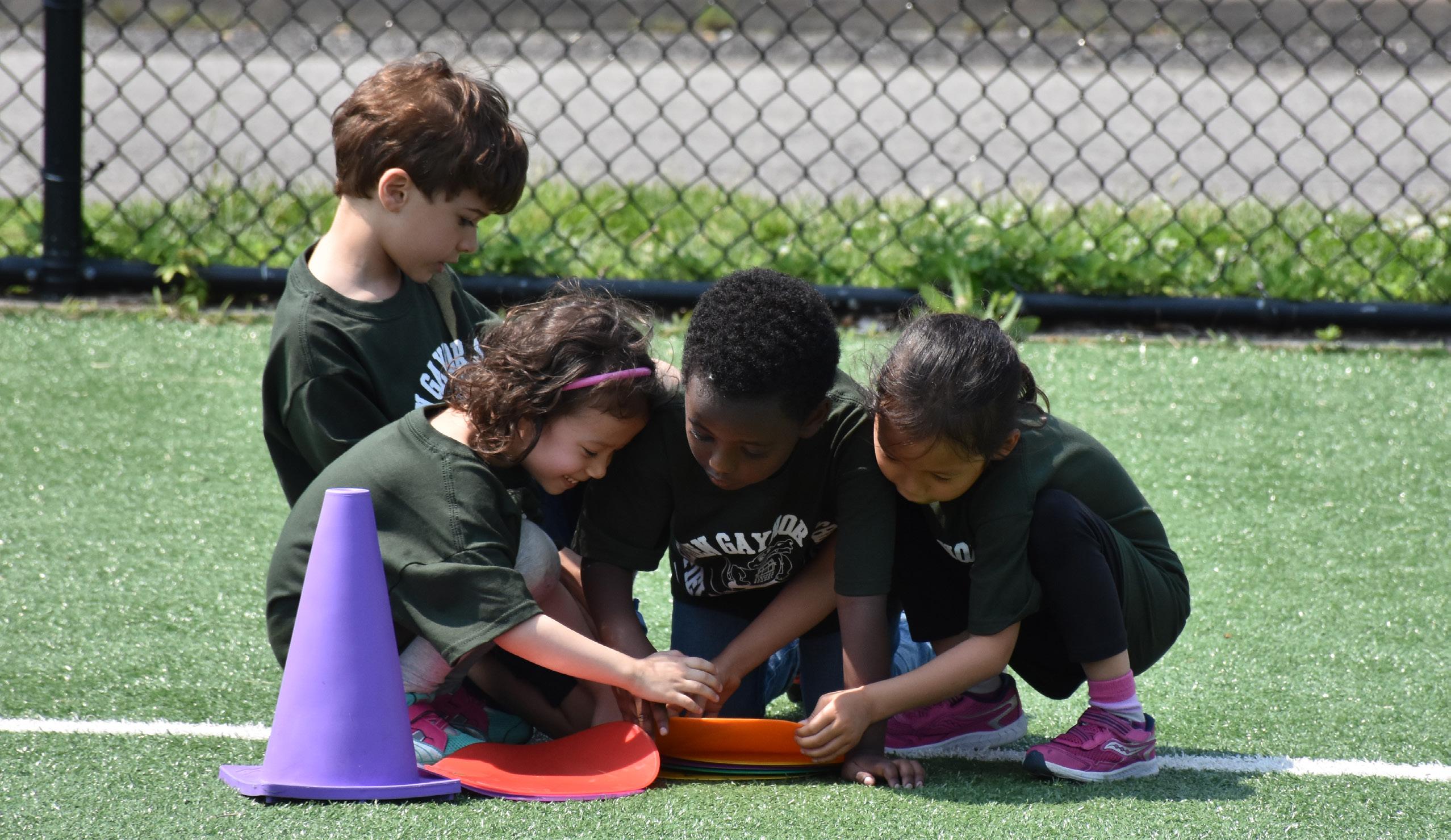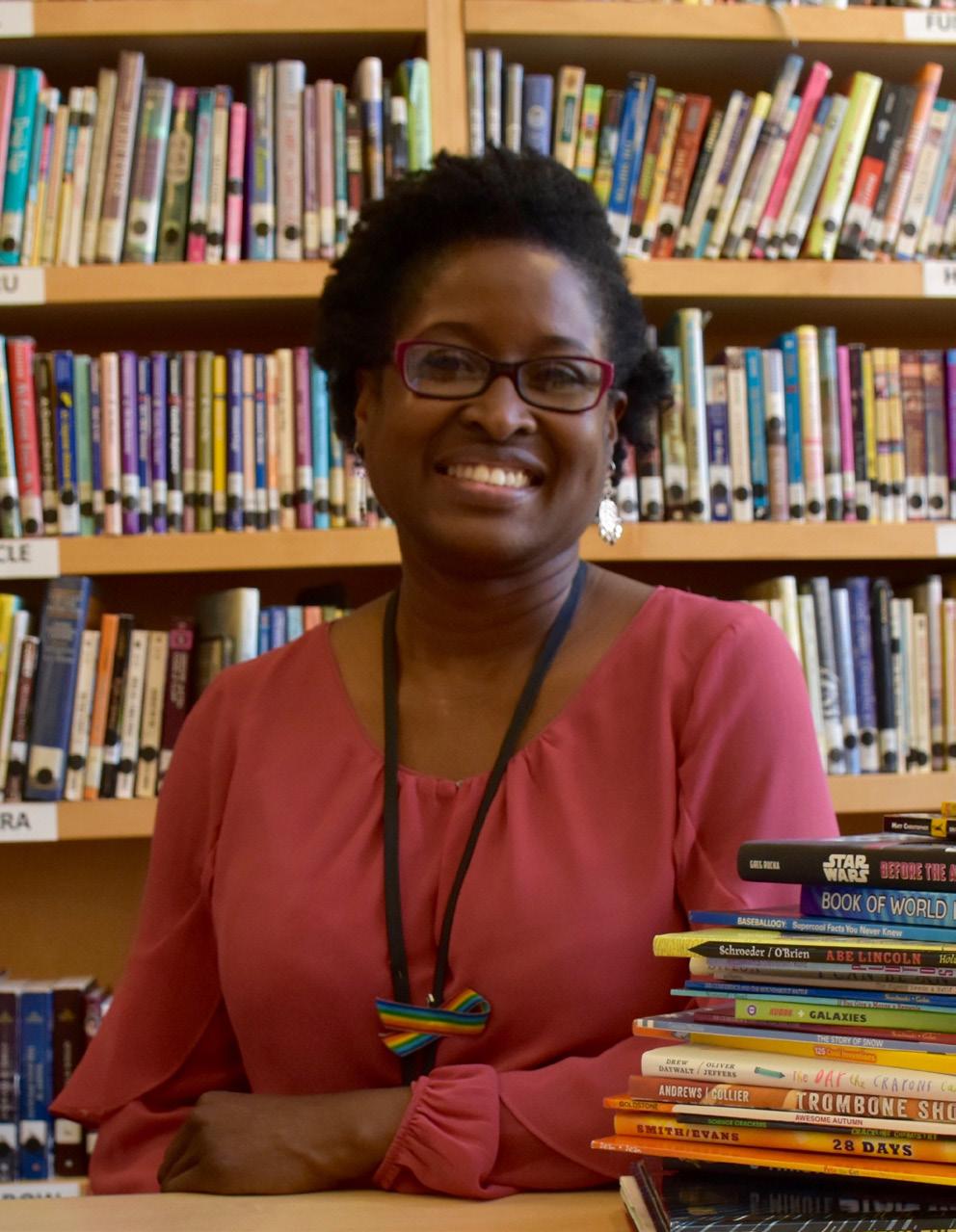
5 minute read
DEMOCRACY, VOTING AND EMOTIONS
Democracy, Voting, and Emotions: How Gaynor Prepared Students for Election Day
As Election Day approached, students at Gaynor learned about presidents, the responsibilities of citizens, and strategies to manage their emotions.
In Early Childhood, students practiced their own form of voting on issues that are important in the classroom, such as options for activities.
Classes also plan to discuss Presidents Day beginning in late January and early February. The discussions and activities focus on the historical significance of the presidents we celebrate, as well as presidential responsibilities and an introduction to laws, focusing on laws students are familiar with, such as those surrounding safety.
Early Childhood Director Rebecca Jurow said teachings leading up to the 2020 election changed a bit given the circumstances.
“This election year was different from previous elections in so many ways, and our approach was a little different as a result,” Ms. Jurow said. “Our focus in these fraught times is on the civic responsibility of voting, making your one selection, having your voice heard, and advocacy.”
In the Red Cluster, one class explored the idea of elections in the U.S. by discussing why all Americans have the right to vote, and how this fundamental right has not always been possible for different groups in our society.
The class also discussed the importance of eligible citizens taking the time to cast a vote for candidates or on propositions for important legislation.
Having recently earned a class party, the students decided to have a vote on what type of party they wanted to have through a simulation of the in-person election process.
Students checked in with poll workers — the teachers — and received their ballots. They then filled them out and received an “I voted” sticker.
Before revealing the results, the class discussed how to respectfully respond to the outcome. They discussed how some might feel happy while others might feel disappointed, and that both emotions are OK — what is important is handling the results in a way that is respectful of everyone in the community.
After counting all the votes, the winning party was a movie with a snack party.
An Orange Cluster class also held an election to vote on which mascot should teach their “Power of Words” unit, which discusses the meaning and impact of words.
The class learned about what a government is and explored the three branches of the U.S. government.
The class then discussed elections and participated in an election to vote for a new “Power of Words” mascot.
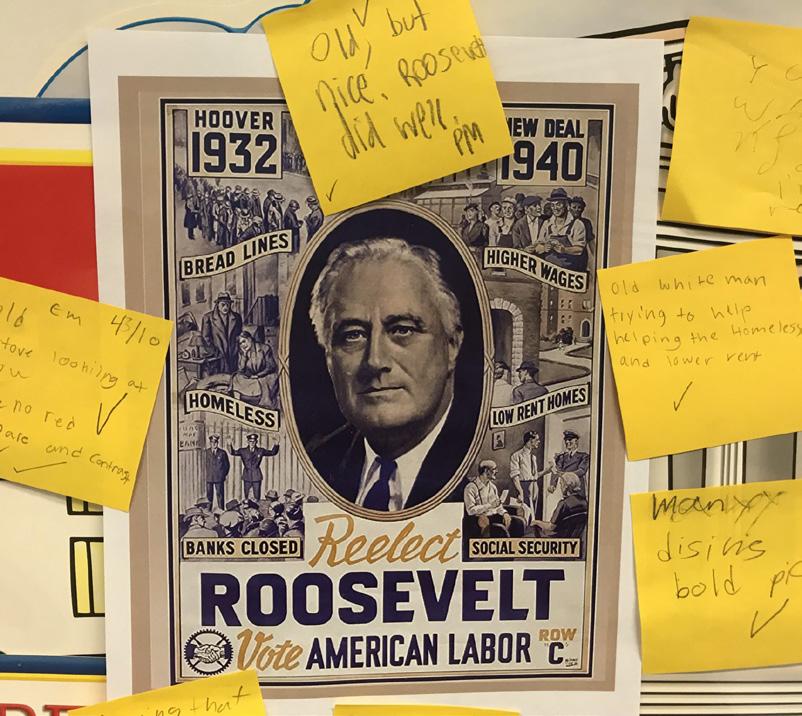
Students met the two candidates, Sabrina the Sloth and Ollie the Ostrich, and learned some of their “Power of Words” character traits.
After counting the ballots, Sabrina the Sloth was victorious, and all students were happy to have a new mascot.
Silver and Green Cluster students continued to learn about democracy by taking a deeper look into presidential campaigns and elections.
One Silver Cluster class learned about the democratic process and the active role we should take in our democracy as citizens. Students then switched roles from voters to officials running for office. Each student was assigned a government position to run for and wrote a campaign speech, which they presented to the class to gain voters. The project finished on November 3 when they had their class elections.
In the Green Cluster, one class analyzed political campaign posters. Students had a gallery walk of some iconic posters through the years. After reflecting on the images, they posted their reactions and observations of designs, symbols, and artists’ intent with sticky notes, and then responded to their classmates’ observations.
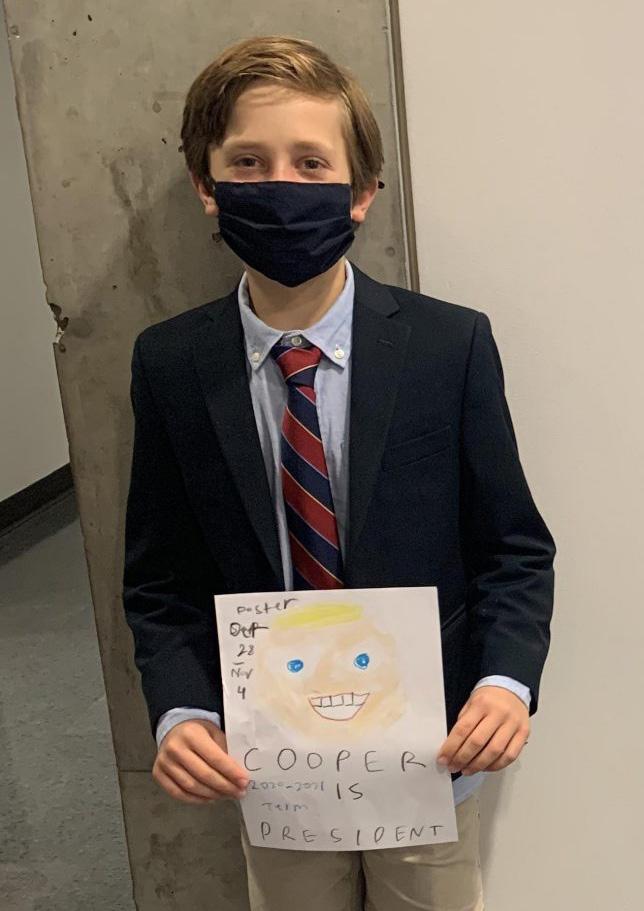
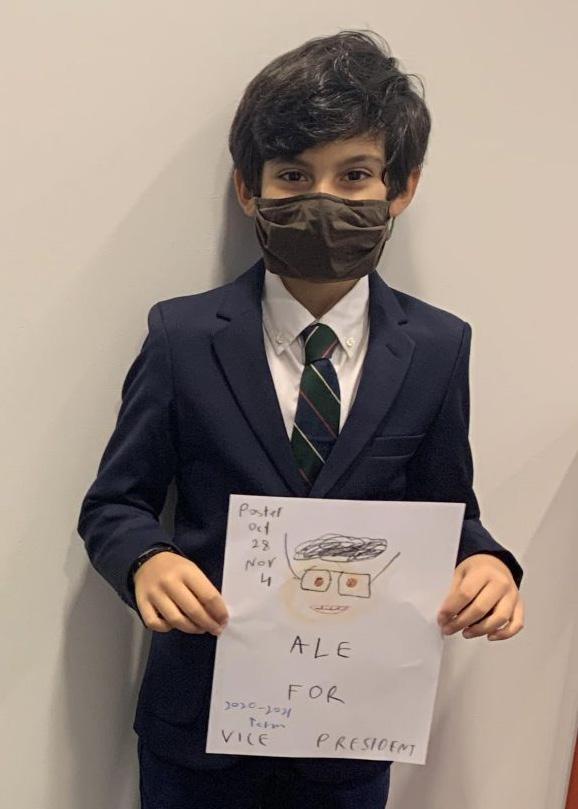
In one Silver Cluster class, students were assigned a government position to run for. They wrote a campaign speech, which they presented to their class to gain voters, and then held an election.
In the Blue Cluster, students learned about what a democracy is, what it means to be a citizen, and the rights and responsibilities of a citizen.
Students also learned about the spread of misinformation and how to evaluate a source to determine if it is reliable.
Upper Division Director Christine Karamanoglou said, “This is essential because as information has moved to online sources, it is important for our students, especially, to know that these are not all reliable sources. In addition, it is also important for them to know that despite what is being said in the political world, mainstream news is not fake news, but all news sources have a bias. Their job is to be able to recognize both, and there are specific ways to look for that information.”
An election can bring out many different emotions and can be a stressful time given all of the unknowns. Children are also sensitive to the powerful emotions that surround an election, and Gaynor’s Psychology Department worked to make sure students have the resources they need to cope.
The team created guidelines and shared tools with teachers to help with classroom discussions about the election, and to provide a safe space for students to have these discussions. They also utilized RULER techniques, such as the Mood Meter and Blueprint, which provide strategies for empathy and conflict resolution.
Director of Psychology Clare Cosentino said it was important to have these conversations before an election so on the days following, teachers could remind students of these conversations, as well as how to have respect and empathy, and how to regulate their emotions.
“We want to empower kids to communicate and create a classroom environment where all voices can be heard,” she said. “We want to teach them empathy and perspective taking. This really takes us back to the values of our school. We want to create a space where students can respect one another, even if they have a difference of opinion.”
